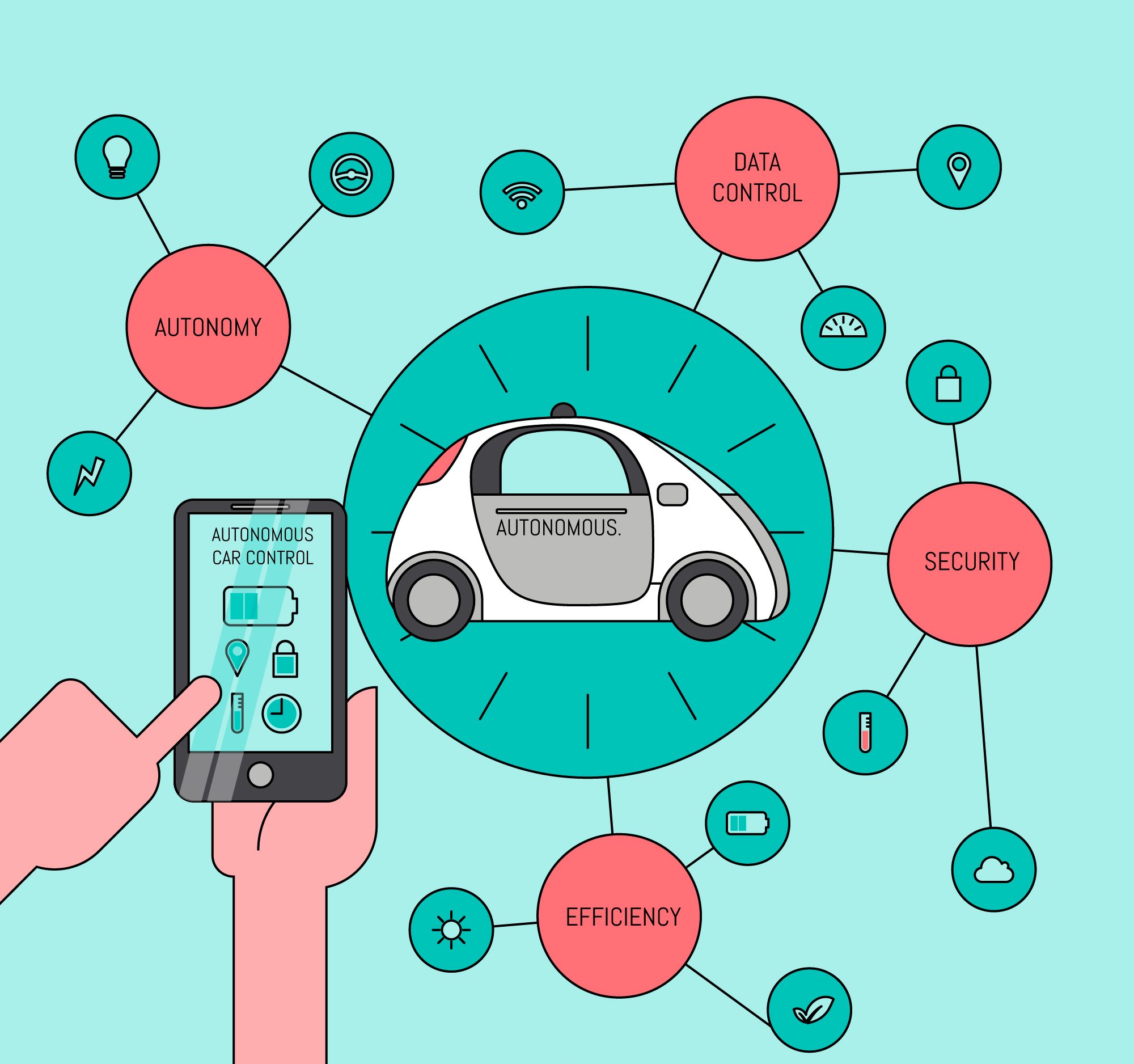The convergence of ICT and automotive technology is driving a revolution in the automotive industry, transforming the way vehicles are designed, manufactured, and operated. This integration is enabling smarter, safer, and more efficient vehicles, bringing the dream of fully connected and autonomous cars closer to reality. Let’s explore the key aspects of this convergence and its impact on the future of transportation.
1. Understanding the Convergence of ICT and Automotive Technology
The convergence of ICT and automotive technology refers to the integration of information and communication technologies into vehicles. This includes advanced driver-assistance systems (ADAS), vehicle-to-everything (V2X) communication, and in-car entertainment systems. This convergence allows for the development of intelligent vehicles that can communicate with each other and with the infrastructure around them, enhancing safety, convenience, and driving experience.
2. Enhancing Safety with ICT and Automotive Technology
One of the most significant benefits of the convergence of ICT and automotive technology is the enhancement of vehicle safety. Advanced sensors, cameras, and radar systems provide real-time data to assist drivers in making informed decisions. Features such as adaptive cruise control, lane-keeping assist, and automatic emergency braking are now standard in many modern vehicles, reducing the risk of accidents and saving lives.
3. The Role of Connectivity in Modern Vehicles
Connectivity is a core component of the convergence of ICT and automotive technology. Modern vehicles are equipped with communication systems that allow them to interact with other vehicles, infrastructure, and even pedestrians. Vehicle-to-vehicle (V2V) and vehicle-to-infrastructure (V2I) communication enable real-time data exchange, improving traffic flow and reducing congestion. This connectivity also supports over-the-air (OTA) updates, ensuring that vehicles are always equipped with the latest software and security patches.
4. The Rise of Autonomous Vehicles
The convergence of ICT and automotive technology is paving the way for the development of autonomous vehicles. By combining artificial intelligence, machine learning, and advanced sensors, these vehicles can navigate complex environments without human intervention. While fully autonomous cars are still in development, semi-autonomous features are already available in many vehicles, providing a glimpse into the future of transportation.
5. Challenges and Opportunities in the Convergence
Despite the advancements, the convergence of ICT and automotive technology presents challenges, including cybersecurity, data privacy, and the need for standardization. As vehicles become more connected, they also become more vulnerable to cyber-attacks. Manufacturers and policymakers must work together to address these challenges and ensure the secure and ethical use of data. On the other hand, this convergence opens up new opportunities for innovation, creating a more connected and efficient transportation ecosystem.
Conclusion
The convergence of ICT is reshaping the automotive industry, leading to smarter, safer, and more connected vehicles. As we move towards a future of autonomous driving and connected transportation, the integration of these technologies will play a crucial role in enhancing the driving experience and improving road safety. For more insights into the future of automotive technology, visit Bedots.
Read more: FinTech and ICT: Transforming Banking



